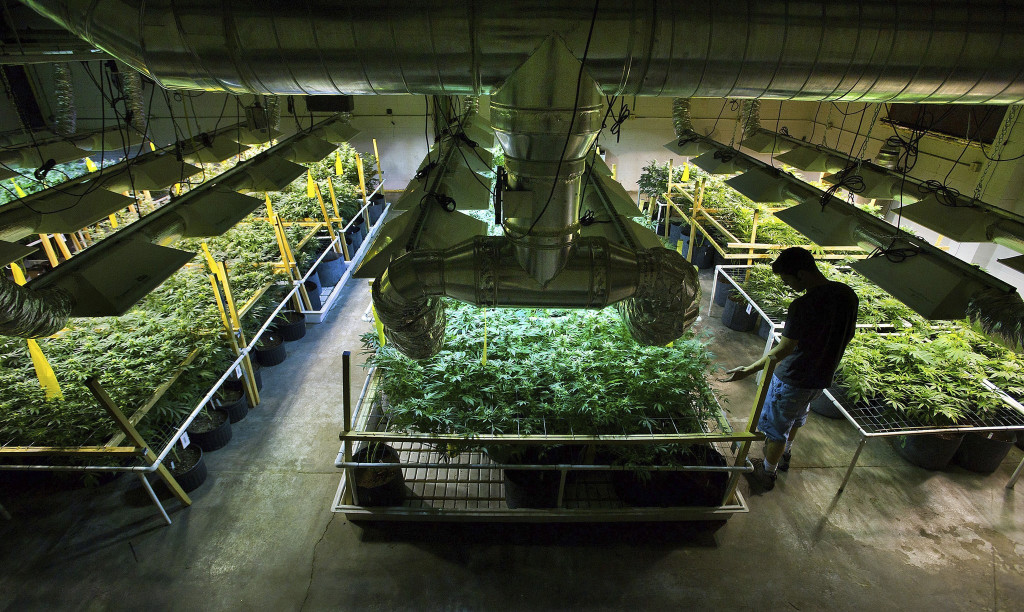Officials report the typhoon has affected about four-million residents in Central Philippines
By Patrick Vaillancourt, News Editor
A massive storm system 600 kilometres wide ploughed into the Philippine islands November 8 with deadly consequences.
Typhoon Haiyan, also known as Typhoon Yolanda, made landfall in the central islands of the country, crippling coastal cities such as Tacloban, which is a popular beach resort destinations for tourists, and Guiuan, which was the first hit by Haiyan.
Haiyan made landfall as a Category 5 typhoon, with sustained winds of 235 kilometres per hour and wind gusts of 275 kilometres per hour. There is consensus amongst weather officials that Typhoon Haiyan is one of the strongest storm in recorded history ever to hit land.
The size of the storm was evident from the International Space Station, where astronaut Karen Nyberg snapped a photo and posted it on Twitter.
The storm is reported to have caused widespread power outages, triggered landslides, and made it difficult for emergency responders to get to the hardest hit areas. The geography of the Philippines is such that emergency response to more remote areas is problematic.
Celso Dulce, CARE Philippines’ disaster risk reduction advisor in Manila said that “These are difficult to reach, remote communities. In that sense, their preparedness and ability to respond to storms like this is also quite low.”
Numbers continue to come in, but currently 100 are reported dead, while the Philippines Red Cross places initial death toll estimates at 1,200 people between Tacloban and Samar province. The death toll is largely expected to rise in the coming days.
Philippine Interior Secretary Mar Roxas said the scene in Tacloban was “horrific.”
Gwendolyn Pang, secretary general of the Philippine Red Cross, said that “an estimated more than 1,000 bodies were seen floating in Tacloban as reported by our Red Cross teams.”
Eduardo del Rosario, head of the disaster response agency, explained that the storm’s speed of approximately 40 kilometres per hour helped to prevent widespread flooding—usually caused by slower moving storms—which would have only added to the storm’s death toll.
Typhoons are the same as hurricanes, but the names are different depending on where on Earth the storm is heading. Hurricanes travel across the Atlantic and Northeast Pacific. Typhoons are storms that affect the Northwest Pacific.
In North American media, Typhoon Haiyan has been compared to Hurricane Katrina, which hit New Orleans in 2005, and Hurricane Sandy, which struck the eastern United States last year. However, Haiyan is much stronger than either storm.
CBC meteorologist Jay Scotland said that “really the best thing to compare [Typhoon Haiyan] to would actually be a tornado. And we’re looking at winds that are as strong as a strong F3 tornado.”
Red Cross anticipates the storm to reach Vietnam as a Category 2 or 3 typhoon.



